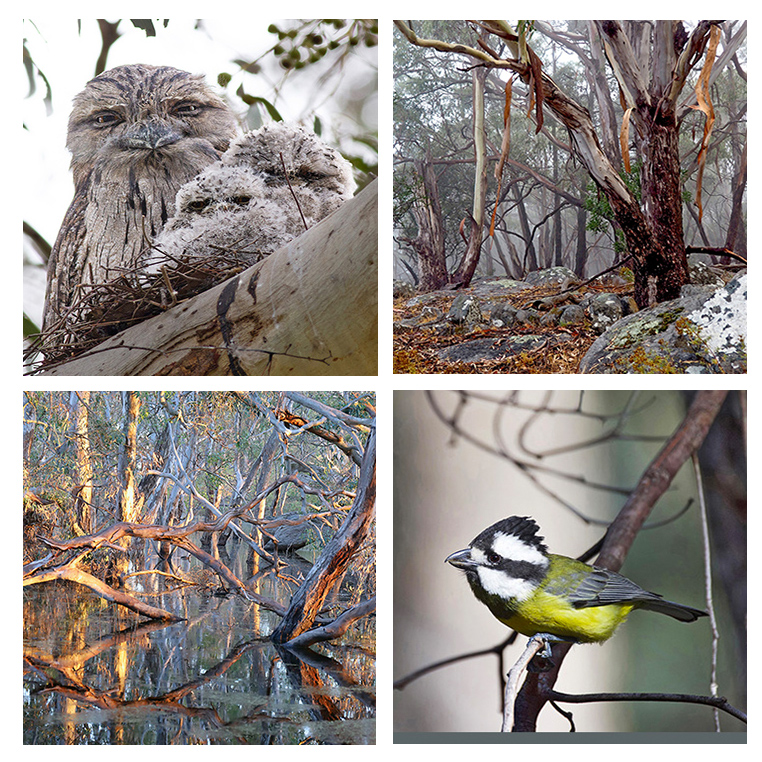Do we know enough about fire behaviour to justify present fuel management practices?
‘Of course we do! Our practice is informed by generations of research and experience!’ is one view.
‘No: our practices are blunt and often blind to local conditions.’ Is another.
If you want to see the two views in conflict, have a look at ‘New modelling on bushfires shows how they really burn through an area’ by fire scientist Phillip Zylstra, on the admirable Conversation website. The responses at the end of the article are almost as interesting as the article itself. They amount to a rerun of an old debate: the one between anecdotal and folk [‘local’] knowledge on the one hand, and disciplined scientific research on the other. We recommend that readers have a look at both the article and the responses. Although contributors are generally polite, the discussion still has that ‘dialogue of the deaf’ feel which characterises many such debates.
Zylstra cites a case study which looked at 38,000 fires, and found that in 26 out of 30 bioregions reducing fuel loads didn’t reduce the area burnt in wild fires: more often than not more burning increased the area of wildfire.
Zylstra isn’t arguing against all reduction burning, but for a more discriminating approach to it. He argues that ‘fuel loads’ is an oversimplified concept, and that he and his research colleagues have found that what matters is the type of fuel we’re talking about: in particular, the difference between surface fuels [ie, litter] and suspended fuels [ie, flammable shrubs].
‘Variations in surface-fuel variables had almost no explanatory power for larger (≥1 m) flames but produced satisfactory predictions when flames were small. This suggests that surface fuel variables were important drivers of low intensity fires in these forests, but ignition of whole plants was the main cause of larger flames. Flame propagation across gaps between plants to produce larger flames was either limited or enabled by plant size and spacing and the flammability of leaves.’
This wouldn’t be news to DELWP fire managers, we imagine: their practice is supposed to systematically distinguish between ‘surface’ and ‘suspended’ fuels. Whether it always does is another question.
The research on which Zylstra based his article can be found here.




 Click on image for info/order page
Click on image for info/order page Click on image for info/order page
Click on image for info/order page Click on image for info/order page
Click on image for info/order page






















The link in this article (Yes we do, no we don’t) to The Conversation website does not seem to be working.
Thanks Alex–not sure what happened there. It should be OK now: but if it isn’t, just Google the title of the article with ‘the conversation’ and it should come up.
the link to The Conversation web site in this article does not seem to be working.